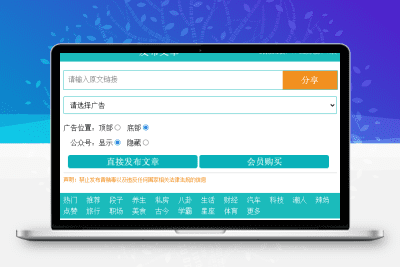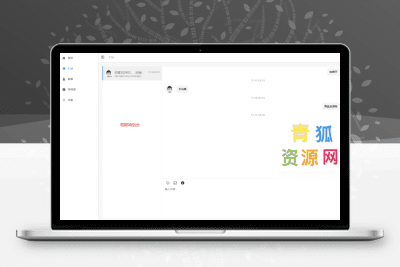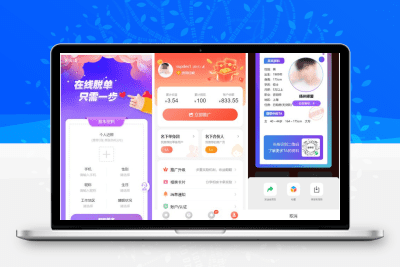方法接收器和接口实现:方法接收器:指定函数调用时接收的类型,允许根据接收类型定制函数行为。接口实现:定义类型必须实现的一组方法,确保类型符合特定行为合约。使用方法:定义方法接收器,指定接收的类型和方法行为。定义接口,列出类型必须实现的方法。实现接口,为类型提供接口中声明的方法的实现。实战案例:自定义类型 person 实现 sort.interface 接口以基于姓名或年龄对人员进行排序。
Go 函数中的方法接收器和接口实现
简介
Go 中的函数接收器和接口实现允许我们定义函数行为并定义类型合约。接收器指定调用函数时将传递给它的类型,而接口实现定义了实现给定接口所需实现的方法。
方法接收器
方法接收器定支付系统对接mhkj33义了函数在被特定类型调用时如何行为。语法如下:
1
func (receiverType) methodName(parameters) returnType
示例:String 类型上的 ToUpper() 方法
以下是一个在 String 类型上定义的 ToUpper() 方法:
1
2
3
在调用 ToUpper() 方法时,接收器 s 是一个 String 类型的值。方法将 String 类型转换成一个正常的 string 类型,然后将其转换为大写,最后将其转换回 String 类型并返回。
接口实现
接口指定了类型必须实现的一组方法。语法如下:
1
2
3
4
type interfaceName interface {
methodName1() returnType1
methodName2() returnType2
}
示例:sort.Interface 接口
sort.Interface 接口定义了一个类型必须实现的排序方法:
Less(i, j int) boolLen() intSwap(i, j int)为了实现 sort.Interface 接口,一个类型必须为上述三个方法提供实现。
实战案例:自定义排序类型
考虑一个 Person 类型,其中包含姓名和年龄字段。我们可以定义一个自定义的 sort.Interface 实现,以便根据姓名或年龄对人员进行排序:
1
2
3
4
5
6
7
8
9
10
11
12
13
14
15
16
17
18
type Person struct {
Name strin支付系统对接mhkj33g
Age int
}
// ByName implements sort.Interface for []Person based on Name field.
type ByName []Person
func (a ByName) Len() int { return len(a) }
func (a ByName) Less(i, j int) bool { return a[i].Name < a[j].Name }
func (a ByName) Swap(i, j int) { a[i], a[j] = a[j], a[i] }
// ByAge impleme支付系统对接mhkj33nts sort.Interface for []Person based on Age field.
type ByAge []Person
func (a ByAge) Len() int { return len(a) }
func (a ByAge) Less(i, j int) bool { return a[i].Age < a[j].Age }
func (a ByAge) Swap(i, j int) { a[i], a[j] = a[j], a[i] }
使用这些自定义类型,我们可以通过以下方式对人员进行排序:
1
2
3
4
5
6
7
8
people :=支付系统对接mhkj33 []Person{
{“Alice”, 25},
{“Bob”, 30},
{“Charlie”, 22},
}
sort.Sort(ByName(people)) // Sort by name
sort.Sort(ByAge(people)) // Sort by age
以上就是Go 函数中的方法接收器和接口实现?的详细内容,更多请关注青狐资源网其它相关文章!















暂无评论内容